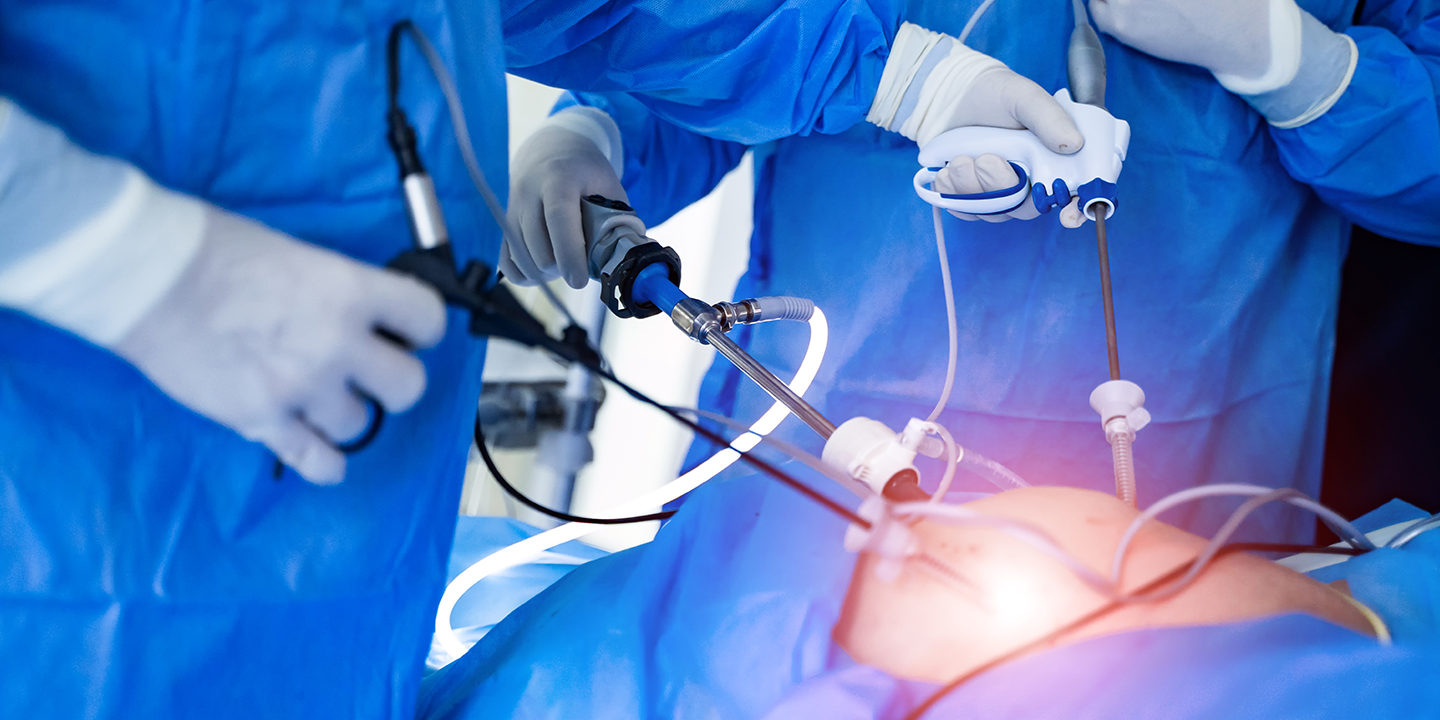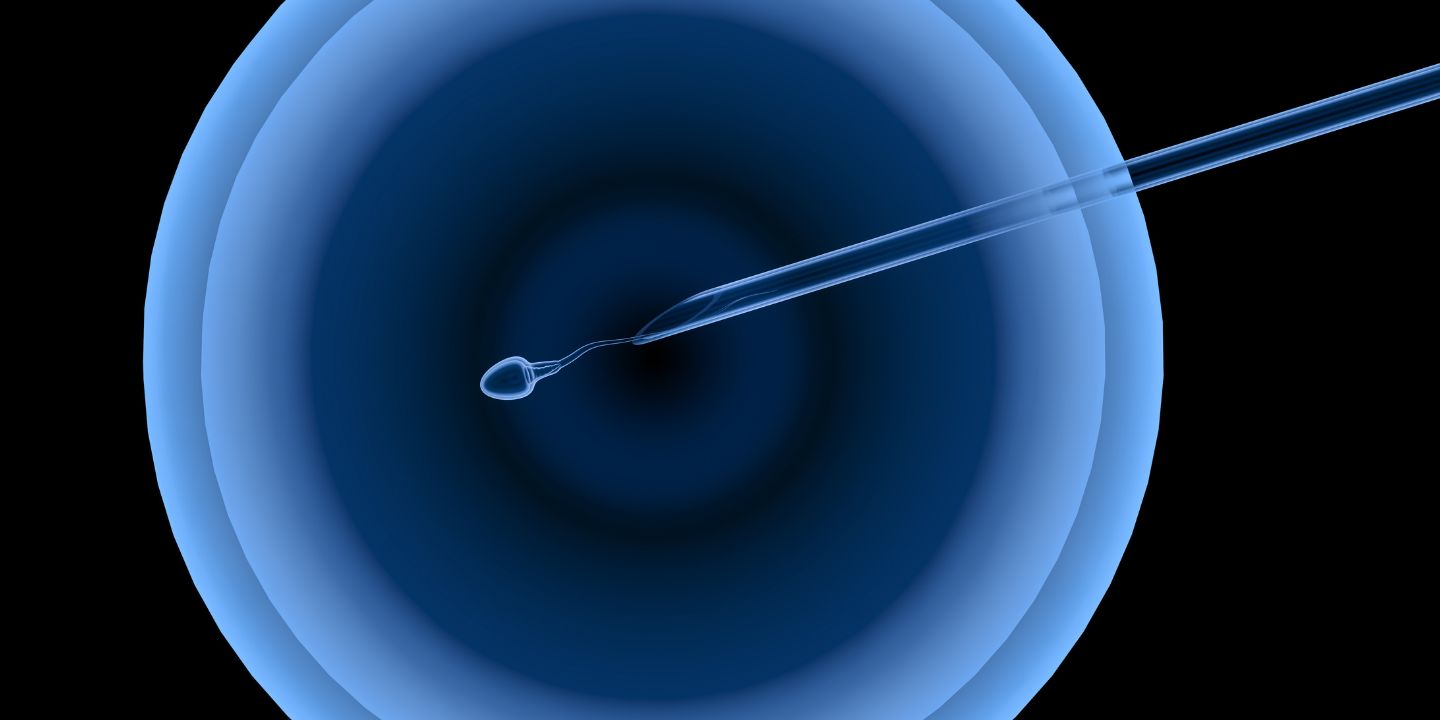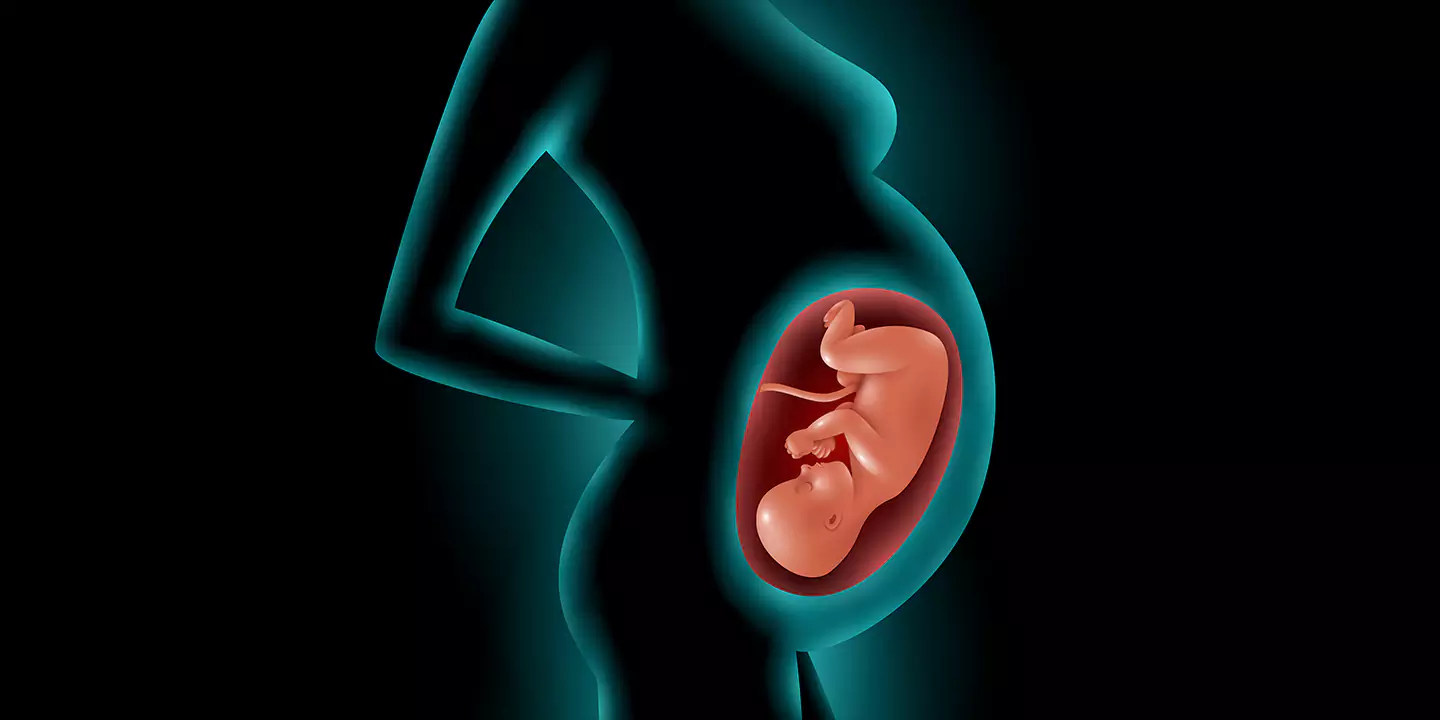
Welcome to the journey of in vitro fertilisation (IVF) and the much anticipated first pregnancy ultrasound. Modern medical progress such as in-vitro fertilisation (IVF) has emerged as a ray of hope for people facing the difficult journey of infertility. Couples who wish to become parents have additional possibilities thanks to this breakthrough method.
Modern infertility treatment revolves around the IVF process, which consists of a sequence of well-coordinated phases from IVF embryo transfer through ovarian stimulation. This incredible technique makes it possible for a great number of people who want to feel the pleasures of pregnancy.
There is so much riding on your first pregnancy scan following the IVF procedure, especially as you begin this incredible adventure. It’s not just a significant achievement; it’s a ray of hope that provides a concrete understanding of your IVF pregnancy. This is the moment when the embryo’s heartbeat becomes the most beautiful symphony of life, the climax of desire and expectation.
Come explore the feelings and anticipations around this momentous occasion. Learn about the scan’s methodology, the significance of each flicker of life it shows, and what to expect. This article will help you navigate the special experience of your first pregnancy scan following an IVF cycle so that this treasured memory turns into a comforting milestone on your journey to motherhood.
Related Blog: Tests During Pregnancy: Trimester-wise List Of Tests While Undergoing A Pregnancy
In this Article
The Beginning Of the Journey of IVF Pregnancy
Starting an in vitro fertilisation (IVF) pregnancy journey is a life-changing event that unites the aspirations, resolve, and ambitions of couples attempting to conquer infertility. The start of an IVF pregnancy is the result of a painstakingly planned series of steps, from IVF embryo transfer through ovarian stimulation, all of which are charged with the possibility of fresh starts.
When an IVF pregnancy is confirmed, there is a great deal of relief and happiness. For many, it symbolises overcoming hardship and transforming years of uncertainty into a glimmer of optimism. The IVF procedure, which is frequently hailed as a shining example of contemporary medical innovation, has the ability to start families and realise goals that were previously unattainable.
Still, there are emotional sides to the journey. An IVF cycle may bring on an emotional rollercoaster that can be thrilling as well as difficult. Couples experience a mixture of fear and excitement as they wait for the results of each ultrasound exam or hCG test. From the first pulse to the expanding bulge, every milestone serves as evidence of tenacity and willpower.
The experience of getting pregnant via the IVF treatment process is proof of the resilience of the human soul on both a physical and emotional level. It marks not only the beginning of life but also the beginning of a brand-new chapter full of love, hope, and an unwavering sense of accomplishment.
Understanding IVF And Pregnancy
With in vitro fertilisation (IVF), the landscape for infertility treatment has changed and couples who are having difficulty conceiving naturally now have hope again. A number of carefully thought-out procedures are included in the IVF process in order to maximise the likelihood of a successful pregnancy.
The first step in an IVF treatment process is usually ovarian stimulation, which involves giving fertility drugs to the ovaries to stimulate the production of several eggs. Thereafter, a little surgical operation is performed to recover these eggs. In a lab setting, retrieved eggs are fertilised with sperm using either intracytoplasmic sperm injection (ICSI), which involves injecting a single sperm directly into an egg, or conventional insemination. The ensuing embryos are cultivated and their quality and development are observed during the IVF procedure.
The embryos are prepared for implantation into the woman’s uterus once they have reached a specific development stage. Known as the IVF embryo transfer, this important procedure entails inserting one or more embryos into the uterus in the hopes that they may implant and grow into a pregnancy.
After the IVF embryo transfer, there is a monitoring phase where the effectiveness of the in vitro fertilization process cycle is evaluated using ultrasound scans and hCG levels. The end result of in vitro fertilisation is a healthy pregnancy, and achieving this aim depends critically on the meticulous synchronisation of every stage of the IVF process.
For people and couples experiencing infertility treatment issues, the IVF procedure provides fresh possibilities through its careful and customised approach, taking them on a path that may finally lead to the realisation of their desire of becoming parents.
Related Blog: Serum Thyroid Profile Test In Pregnancy: Normal Level, Procedure, And Cost
The Initial Pregnancy Scan: What to Anticipate
An important milestone for couples starting the process of in vitro fertilisation (IVF) is the first pregnancy scan. This scan is a crucial step in determining if the IVF procedure was successful and in giving a long-awaited peek into the early stages of pregnancy.
The atmosphere in the ultrasonography room is one of excitement and expectation as soon as you walk in. One of the most important people to help you through the procedure is the sonographer, a qualified specialist with training in the use of ultrasound equipment. The sonographer places a gel on your belly while you lie down on the examination table to improve the surface-to-ultrasound probe contact.
After that, the sonographer carefully glides the probe around your belly to take pictures that are displayed on a screen. The visualisations at this point are usually in black and white, and although they may not look like the baby you have in mind, they are nonetheless a witness to the wonder of life taking shape.
When the sonographer shows the embryo on the screen during the first prenatal scan following the in vitro fertilization process, the audience is in wonder. Though the embryo’s microscopic shape may resemble a bean or seed, it holds the potential for development, growth, and the realisation of your ambitions. The sonographer will lead you through each picture, identifying the yolk sac, the gestational sac, and, if the time is correct, even a heartbeat’s flicker.
It’s critical to approach the initial pregnancy scan after the IVF treatment process, with a healthy dose of patience and enthusiasm. Even while the images may not be as clear as what you’ve seen in photos or movies, they nevertheless mark an important turning point in your IVF pregnancy journey. An intrauterine pregnancy is confirmed by the scan, which is a crucial sign that the IVF procedure was successful.
The first prenatal scan after the IVF treatment process is the first of a series of sessions designed to assist you track your pregnancy’s development. From here on out, you will see that little embryo grow into a fully formed baby—a trip that will be aided by medical knowledge and your own unshakeable faith.
Essentially, an IVF pregnancy involves more than simply a medical treatment during the first pregnancy screening. This is a deeply emotional moment that marks a significant milestone in realising the goals and desires that have guided you throughout the IVF process.
Interpretations of First Pregnancy Scan After IVF Cycle
The first scan after in vitro fertilization process, which is often performed in the sixth or seventh week of pregnancy, offers information on the following elements:
- Gestational Sac
The uterine sac is the first structure to be observed. It is a black shape surrounded by a halo. The uterine region that showed expansion in response to ovarian stimulation is this one. Although the size average in week six is around 14 mm, there are significant variations within the range that do not indicate abnormalities.
- Yolk Sac
At the beginning of embryonic development, the yolk sac, a vestige structure that resembles the follicles seen after stimulation, forms. Any measurements larger than 4–6 mm are considered to indicate a worse prognosis.
- Heartbeat
The heartbeat becomes noticeable at week six. The heart rate is 90–110 beats per minute during this time, and it will likely rise in the upcoming weeks.
- Embryo
This structure is attached to the yolk sac and consists of the cell mass that houses all of the organs in the embryo. Its size ranges from 2 to 8 mm, so it’s not always visible during week 6, but it grows quickly—it expands by around 1 mm per day.
These visual clues give comfort and a look into the growth of what will soon be a fully formed creature, while also providing important information regarding the IVF pregnancy’s progress.
What Does The Absence Of Structures Indicate?
It may not always indicate a miscarried pregnancy if normal structures are absent from the first prenatal ultrasound after the IVF treatment process. There are a number of things to think about:
- Timing
The scan’s timing is very important. If it is done too early, features such as the embryo or gestational sac may not be detected. In some situations, it could be advised to get another scan a week or two later.
- Growth Variability
Differences in the size or level of development of structures during embryonic development might occur. This may need to be watched for signs of development advancement rather than always pointing to a miscarried pregnancy.
- Transvaginal Scan
Because of its early development, certain structures may not be seen if the first scan is performed on the abdomen. One way to see these structures more clearly would be through a transvaginal scan.
- Misinterpretation
If the sonographer is unfamiliar with early pregnancy scans, understanding problems may happen.
- Heterotopic Pregnancy
Rarely, an ectopic pregnancy, for example, may be apparent during scanning while another embryo is invisible.
Put simply, a first pregnancy scan does not always show the presence of particular structures, which does not always mean a pregnancy was lost. It’s critical to consult with your healthcare practitioner, arrange follow-up scans as directed, and weigh several options before making decisions.
Conclusion
Every stage of this journey—from going through the difficult in vitro fertilization process to seeing the first prenatal scan—is a monument to perseverance and optimism. This journey is a synthesis of science and emotion, from the fragile beginnings within the gestational sac to the beating that echoes promise. As you progress through your IVF cycle, keep in mind that reaching each milestone will get you one step closer to your dream of being a parent. You’re paving a route full of promise and opportunity with every day that goes by. Recognise that the best is still to come and approach the trip with hope.
With confidence, start your in vitro fertilisation procedure and pregnancy journey at Queen’s Gynaecology. We cordially encourage you to select a faithful companion during the IVF treatment process and all-encompassing prenatal care. We walk you through every step of the IVF process with our shown skill and caring demeanour. You may rely on Queen’s Gynaecology to be your dependable guide during this incredible journey to parenting. We are dedicated to giving you the attention and knowledge that you deserve.












































